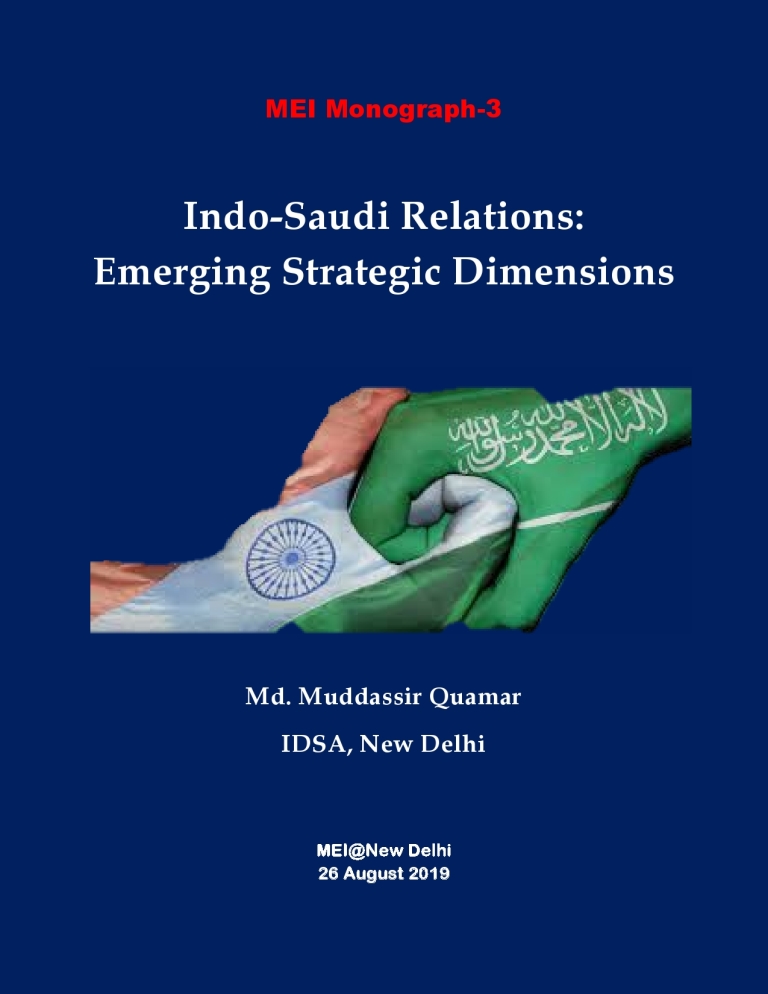Breaking
- MENU
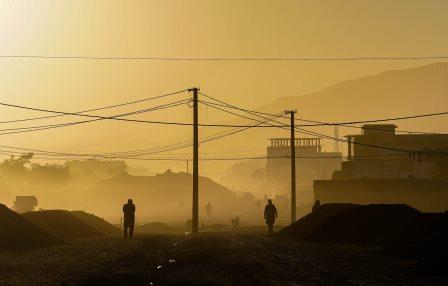
The Taliban takeover of Afghanistan has wider ramifications for the world. Among the key questions that have come to the fore are the shifting US priorities in Asia and the Middle East and the fears about the Taliban harbouring global jihadi-terrorist groups. Both these questions are intricately linked to geopolitics in the broader Southwest Asia region.
Developments in Afghanistan have historically echoed in the wider region because of Afghanistan’s central location connecting the Arab and Persian regions with Central Asia and the Indian subcontinent. Besides geography, cultural linkages and religious networks have played their part. For example, the ripple effects of the 1979 Soviet invasion of Afghanistan were felt across the region for long.
One of the outcomes of the Soviet invasion was the Afghan jihad which was planned, funded and orchestrated covertly by the US, Pakistan and the Arab Gulf countries. Though Afghan jihad succeeded in reversing the Soviet advances, it eventually led the rise of Taliban and Al-Qaeda pushing Afghanistan into a civil war and giving birth to global jihad.
Al-Qaeda’s rise from Afghanistan in many ways shaped the violent trajectory of regional politics in the Middle East. The 9/11 terrorist attacks and the disastrous ‘war on terror’ devastated not only Afghanistan, Iraq and Yemen but sharpened the geopolitical cleavages in the Middle East.
The Arab Spring protests and its ramifications further worsened regional competition with Turkey, Iran, Saudi Arabia, Egypt, United Arab Emirates (UAE) and Qatar jostling for greater influence and power. The global jihadi-terrorism evolved post-2011 in the form of Islamic State in Iraq and Syria (ISIS), also known as Da‘esh for its Arabic acronym, causing mayhem in the region the ripple effect of which were felt far and wide.
Now the Taliban takeover has again raised questions about the future of Afghanistan and how it will impact the wider Southwest Asia region. So far as the US policy is concerned, it is clear that Washington is more interested in focusing on domestic rejuvenation and on the Indo-Pacific. This means that the vacuum created by the US exit will be filled by regional countries including Russia, China, Pakistan, Iran and Turkey who have already begun engaging the Taliban and who will try and hope for a degree of stability to set in.
Nonetheless, there are wider cleavages so far as the regional countries are concerned. While Iran and Pakistan are immediate neighbours of Afghanistan, hence more vulnerable to security threats, Russia, China and Turkey are more interested in the economic opportunities. All these countries will be eyeing more influence, and in that respect Qatar has a head start because of its role as the facilitator of Taliban’s agreement with the US. Pakistan too has come to the fore because of its deep links with the Haqqani Network. Turkey, which has close strategic relations with both Pakistan and Qatar, thus has an advantage over its regional rivals.
Iran’s historical and cultural links with Afghanistan and association with various factions in the Afghan theatre, besides good relations with Russia and China gives it some advantages but the Iranians will have to grapple with any sectarian violence that the Taliban might perpetuate or tolerate. Tehran will also be worried about a greater role for Ankara in running the day-to-day activities in Kabul. Among the important regional actors who have become side-lined in the new dynamics are Saudi Arabia, UAE and India. All three have vital interests in Afghanistan but find themselves outmanoeuvred not least because of their proximity with the US but also because other regional actors are not keen for them to play a significant role.
The initial reaction from Turkey, Iran, Saudi Arabia and the UAE are indicative of what might be in store in the future. Both Turkey and Iran are keen to engage the Taliban to not only secure their interests but also to expand their regional influence. Saudi Arabia and the UAEare cautious and have kept the cards close to heart. They might use their influence in Islamabad to seek a role in Afghanistan and try to develop contacts with non-Taliban factions.
The downward trajectory of Saudi-Emirati influence in Afghanistan is notable because during the previous period during 1996 and 2001 the two were among the handful of countries that had recognized the Islamic Emirate of Afghanistan. Their influence on the Taliban has gradually weaned because they have distanced themselves from radical Islam, and are remoulding their politics and foreign policy to moderate Islam. They have also begun to see Islamism and radicalism as security threats leading even to frictions with Turkey and Qatar.
Besides, the non-state actors in the region including Shia and Sunni militant groups in Iraq, Syria, Lebanon, Palestine, Yemen, Somalia and Libya have reacted enthusiastically to the Taliban takeover celebrating it as a defeat of the US. For states fighting these groups this is not good news, as the militant and terrorist might be inspired to redouble their efforts in fighting the regimes or other regional powers.
The events in Afghanistan are not good news for Southwest Asia. None of the regional countries want further instability, hence have joined forces to work with Taliban and ease its return to Kabul. Nonetheless, this is easier said than done because of both Taliban proclivity for radical Islam and the geopolitical cleavages among the regional actors. Only time will tell what the future has in store for Afghanistan but the reactions from regional countries show the anxieties and fears of Afghanistan becoming a failed state.
Note: This article was originally published in Financial Express on 3 September 2021 and has been reproduced with the permission of the author. Web Link
As part of its editorial policy, the MEI@ND standardizes spelling and date formats to make the text uniformly accessible and stylistically consistent. The views expressed here are those of the author and do not necessarily reflect the views/positions of the MEI@ND. Editor, MEI@ND: P R Kumaraswamy
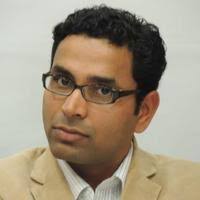
Md. Muddassir Quamar is an Associate Fellow in Manohar Parrikar Institute for Defence Studies and Analyses, New Delhi. He holds a Ph.D. in Middle East studies from Jawaharlal Nehru University and his doctoral thesis focused on social dynamics in Saudi Arabia in the context of the tensions between two seemingly non-harmonious trends; Islamization and modernization. He has a broader interest in Gulf societies, political Islam, Middle East geopolitics and India’s relations with the Middle East. He has co-authored two books India’s Saudi Policy: Bridge to the Gulf (Palgrave Macmillan, 2019) and Persian Gulf 2019: India’s Relations with the Region (Palgrave Macmillan, 2020). He is currently working on a manuscript on education reforms in Saudi Arabia. He has co-edited four anthologies, including Changing Security Paradigm in West Asia: Regional and International Responses (Knowledge World, 2020), Political Violence in MENA (Knowledge World, 2020), Islamic Movements in the Middle East: Ideologies, Practices and Political Participation (Knowledge World, 2019) and Contemporary Persian Gulf: Essays in Honour of Gulshan Dietl, Girijesh Pant and Prakash C. Jain (Knowledge World, 2015). His research papers have appeared in leading international journals such as Asian Affairs, Strategic Analysis, India Quarterly, Contemporary Arab Affairs, Digest of Middle East Studies, Journal of Arabian Studies and Journal of South Asian and Middle Eastern Studies. As part of his project in MP-IDSA, Dr. Quamar authored a monograph on Erdogan’s Turkey: Politics, Populism and Democratisation Dilemmas. Since 2018, he has served as the Book Review Editor for Strategic Analysis, the flagship journal of MP-IDSA published in association with Taylor & Francis. In May 2020, he edited an MEI Monograph Middle East Fights Covid-19: A Fact Sheet with contributions from students pursuing Masters in IR in JNU. He regularly contributes Op-Ed articles on developments in the Persian Gulf, Middle East and India’s relations with the region for Indian and international forums. In 2014-15, he was a Visiting Fellow at the King Faisal Center for Research and Islamic Studies, Riyadh. Dr. Quamar has been associated with the Middle East Institute, New Delhi, in various capacities since its foundation and serves as Associate Editor of its flagship journal, the Contemporary Review of the Middle East published by Sage, India.
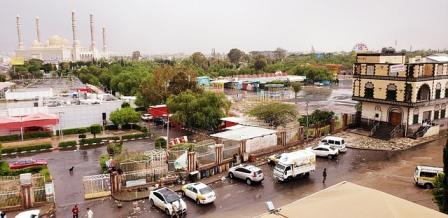
On January 17, 2022, the United Arab Emirates (UAE) was rocked by two attacks after drone attacks ta.....

Within a span of just over a year since the announcement of the Abraham Accords, between Israel and .....
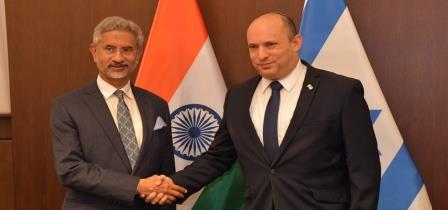
External Affairs Minister S. Jaishankar’s visit to Israel signifies the burgeoning Indo-Israel.....
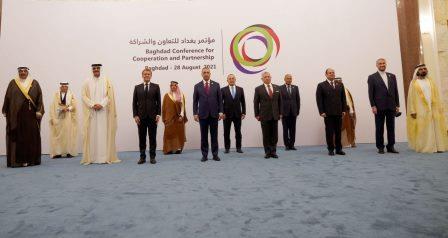
On 28 August 2021, Iraq hosted the first “Baghdad Conference for Cooperation and Partnership&r.....
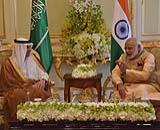
Recent developments in Afghanistan–the US military withdrawal and return of Taliban– has.....
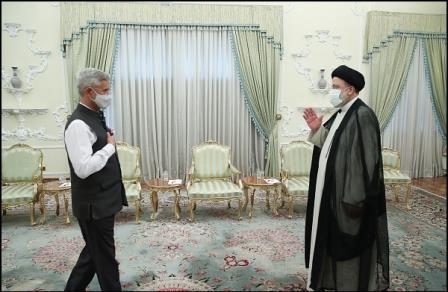
External Affairs Minister S. Jaishankar attended the swearing-in ceremony of the new Iranian preside.....
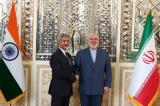
The revitalisation of ties with Iran will remain confined to the immediate issue of shared interests.....

Israel and Hamas have engaged in fighting each other since 2006 when Hamas emerged victorious in the.....
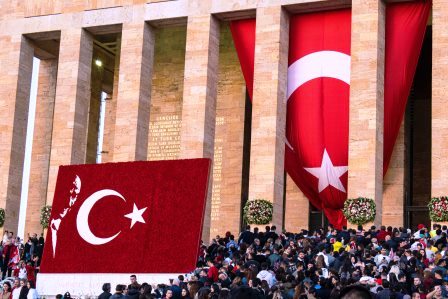
Tensions have gripped the Eastern Mediterranean (East Med) for the past few months owning to differe.....
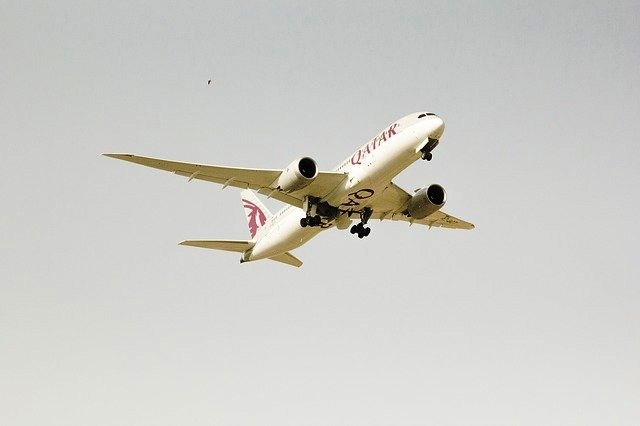
Qatar is an important country in the Gulf with which India has traditionally had strong bilateral ti.....
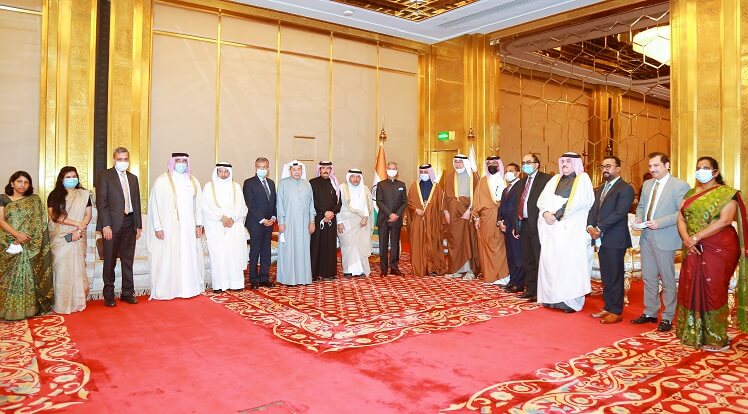
International geopolitical developments and the growing chances of friction between the global power.....
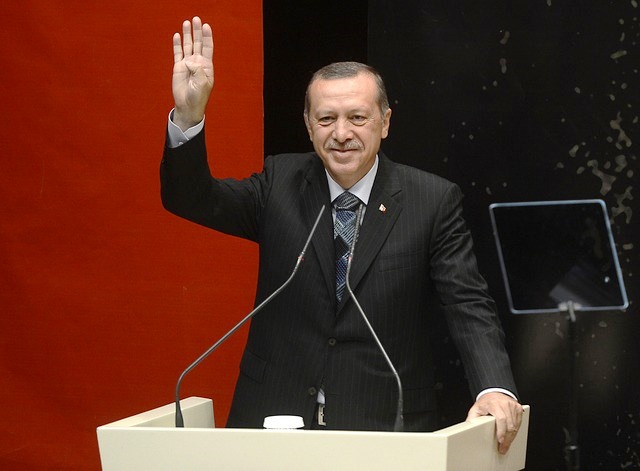
In recent years, Turkey’s foreign policy has attracted scrutiny because of its aggressive post.....
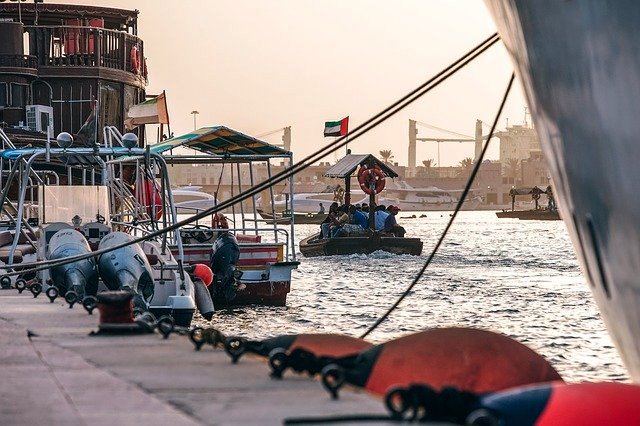
India and the United Arab Emirates share a vision for peace and prosperity. Under the leadership of .....
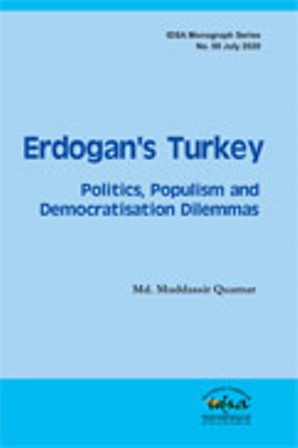
The coming to power of the AKP is one of the defining moments in the history of modern Turkey. Here .....

Though the news of China and Iran entering into US$400 billion agreement and Iran going ahead with C.....
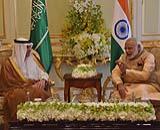
India’s relationship with the Gulf has witnessed a qualitative transformation since the August.....
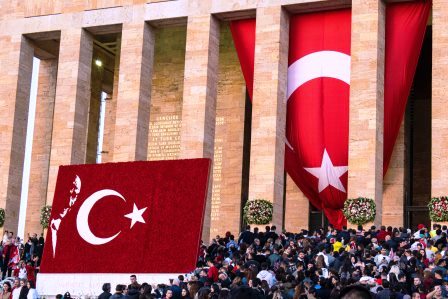
The results of country-wide municipal elections in Turkey held on 31 March 2019 threw a few surprise.....
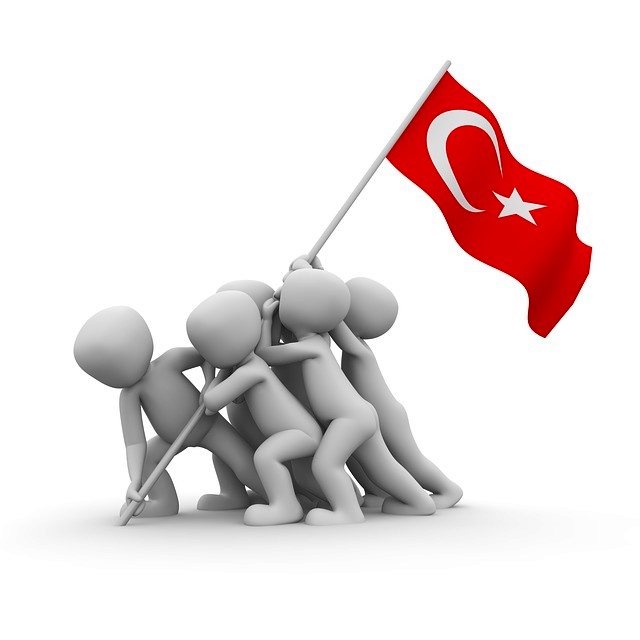
Like other parts of the world, West Asia (or the Middle East) too is hit hard by the spread of COVID.....
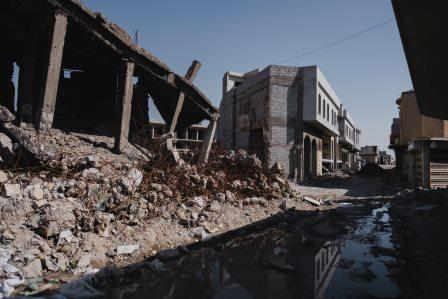
Iraq is suffering from internal divisions and external interventions for long. The problems of the p.....
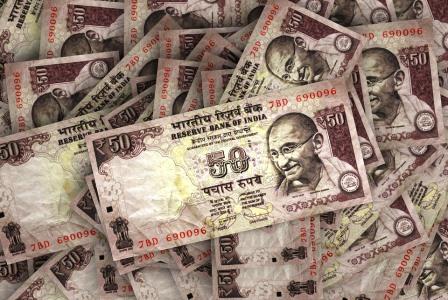
The West Asia is one of the most volatile and conflict-ridden regions in the world today. Given the .....
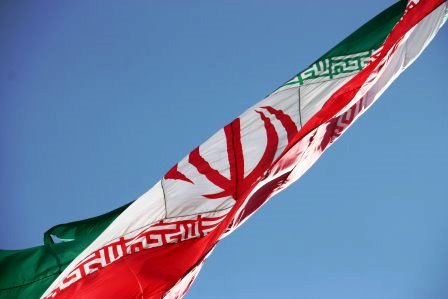
In the Persian Gulf, the New Year began with a bang. On January 3, the world woke up to the news of .....
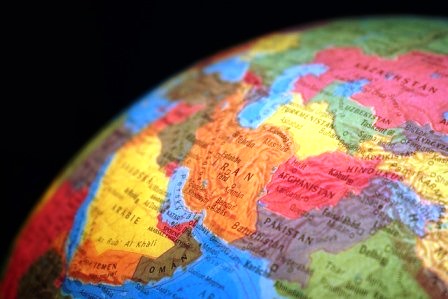
Major General Qassem Soleimani, commander of the elite Quds Force of the Iranian Revolutionary Guard.....
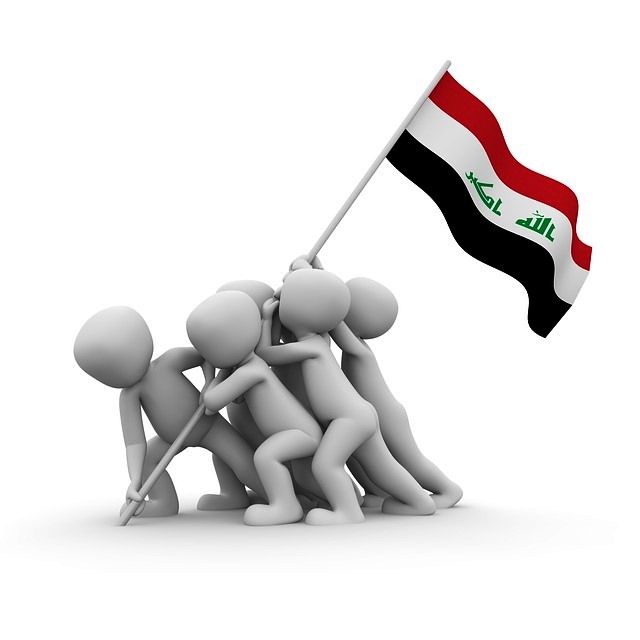
For over two months, youth in Iraq are protesting against corruption, unemployment and Iranian and A.....
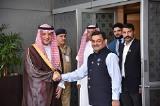
The historic relations between India and the Gulf countries have undergone a qualitative transformat.....
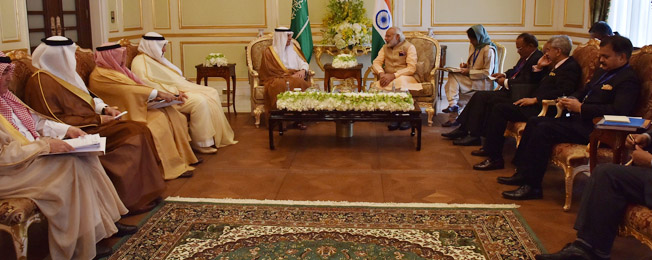
India and Saudi Arabia enjoy traditional friendly ties. Both are strategic partners and are working .....
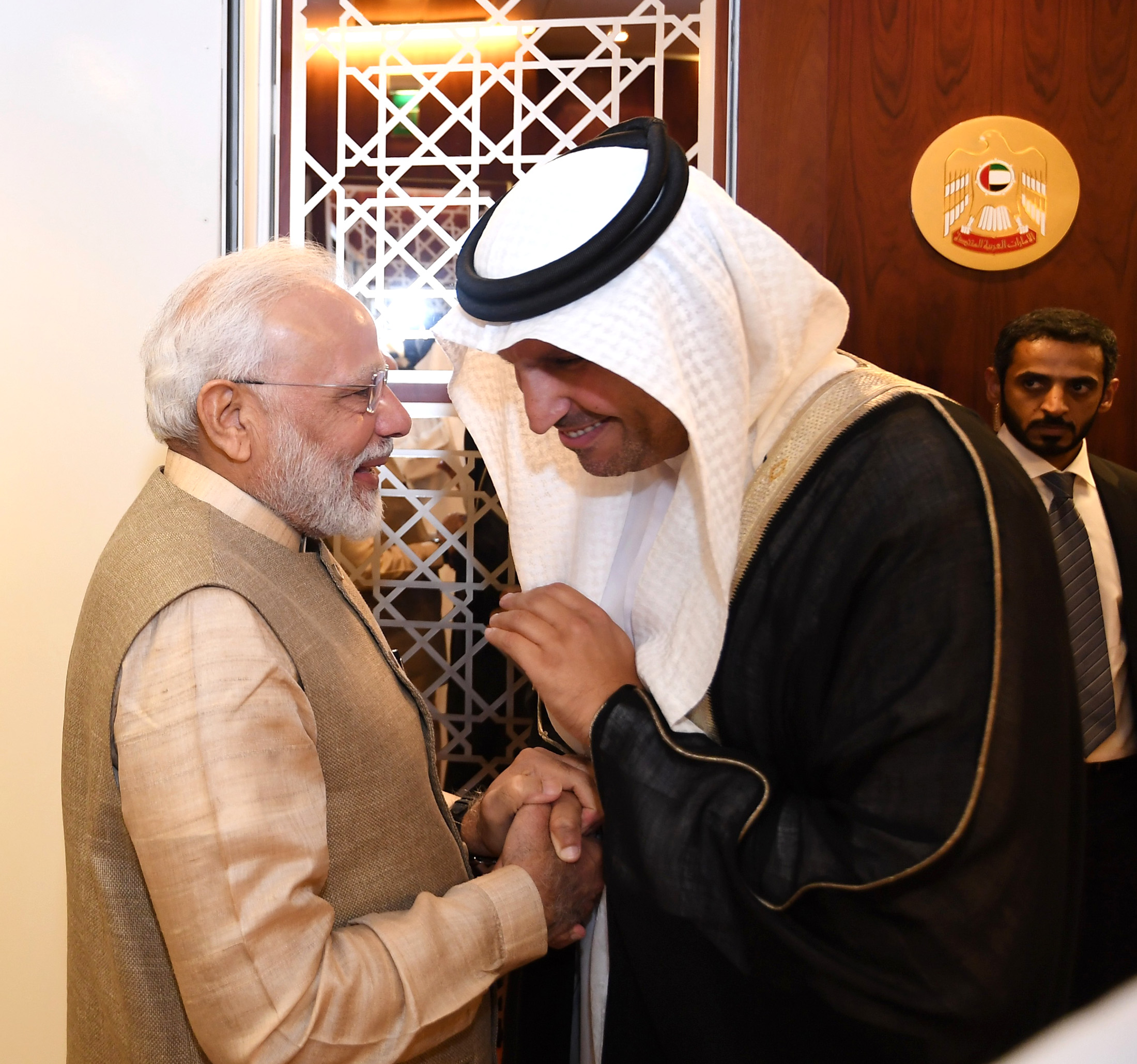
Prime Minister Narendra Modi undertook a visit to the UAE and Bahrain over the weekend. This was his.....
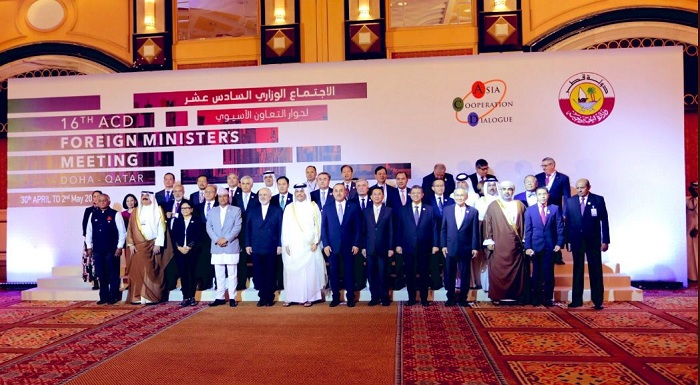
The 16th Ministerial meeting of the Asia Cooperation Dialogue (ACD) took place in Doha this week. Th.....
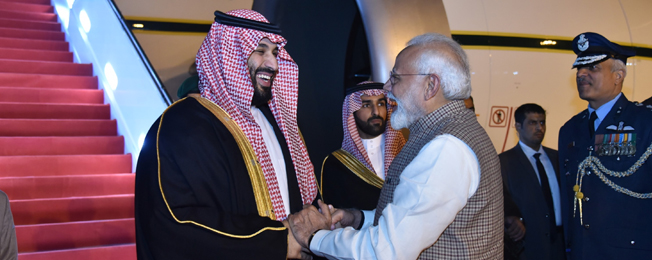
India’s relationship with the Gulf has witnessed a qualitative transformation since the A.....
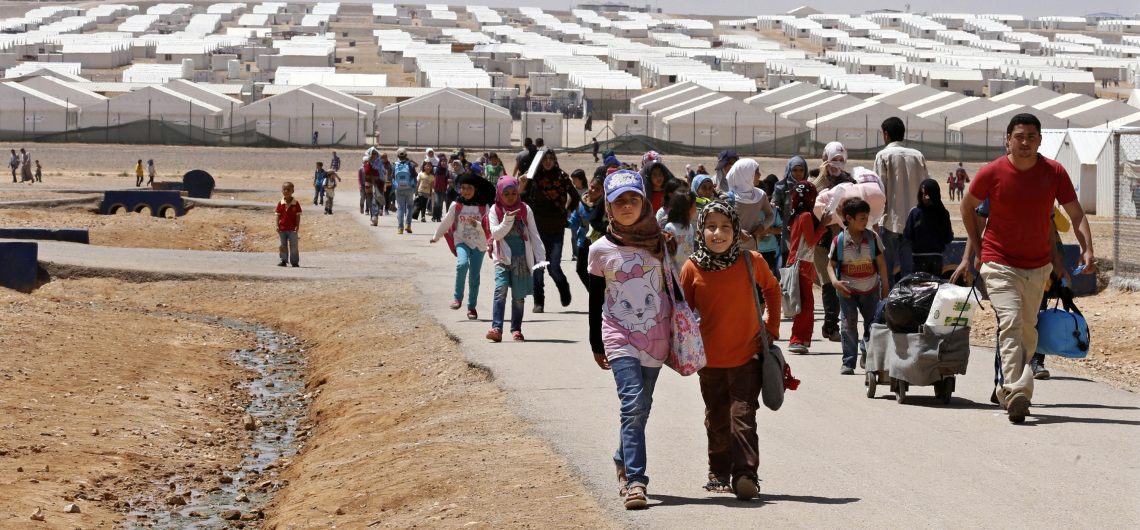
On March 24, 2019, the US-backed Syrian Democratic Forces (SDF) announced the capture of Baghouz, a .....
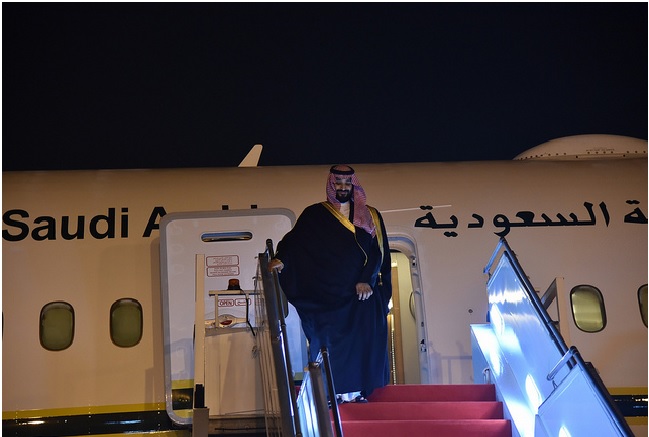
The visit of Saudi Minister of State for Foreign Affairs Adel al-Jubeir to New Delhi; close on the h.....
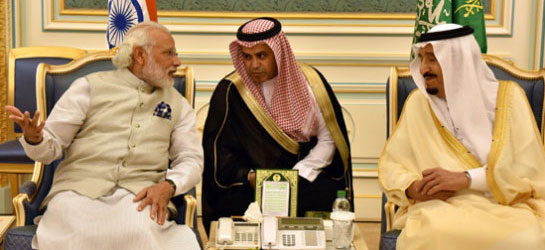
India and Saudi Arabia have increased defence and security cooperation in the fields of combating te.....
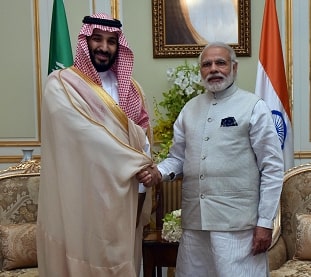
Economic and social reforms have emerged as the focus area in Saudi Arabia under the leadership of K.....

The US and Turkey are back on collision course over the Kurdish question in northern Syria. The late.....
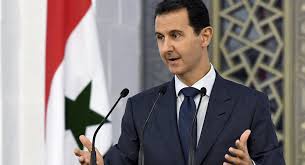
The Civil War in Syria has ravaged the country, took the life of nearly 500,000 people and has force.....

